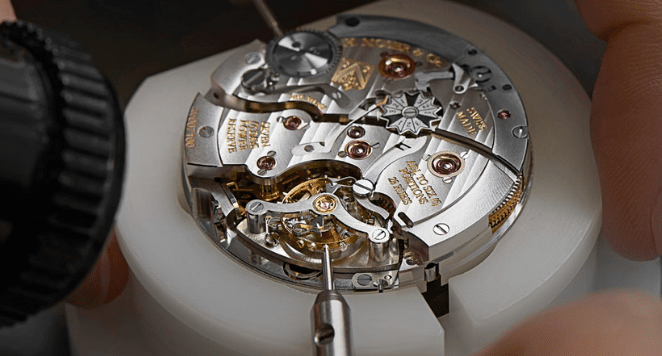Understanding Mechanical Watches
Unlike battery-powered quartz watches, mechanical watches rely on a series of intricate gears, springs, and movements to function. They are powered either manually—by winding the crown—or automatically, through the natural motion of the wearer’s wrist. The heart of a mechanical watch lies in its movement, or “caliber,” which is often handcrafted and carefully assembled by skilled artisans.
Every second hand sweep in a mechanical watch is the result of dozens of tiny components working in perfect harmony. It’s this mechanical marvel that captivates collectors and watch enthusiasts worldwide.
Why Choose Swiss Mechanical Wristwatches?
Switzerland has long been regarded as the epicenter of luxury watchmaking. What sets Swiss mechanical wristwatches apart is not just their beauty, but the centuries-old tradition of innovation and quality behind them. Each watch is often assembled by hand, with movements that take months—sometimes years—to perfect.
Swiss watchmakers adhere to rigorous standards, ensuring every timepiece passes strict quality controls before it earns the “Swiss Made” designation. From entry-level models to high-end masterpieces, Swiss mechanical watches are built to last for generations, often becoming treasured heirlooms.
Some of the most iconic brands, including Rolex, Patek Philippe, Omega, and IWC, have shaped the world of horology with their mechanical innovations. Whether it’s a dress watch for formal occasions or a rugged diver for everyday wear, Swiss mechanical watches offer unmatched versatility and performance.
Features That Define Swiss Craftsmanship
Beyond the intricate movement, Swiss mechanical wristwatches are known for:
-
Smooth sweeping second hands that distinguish them from ticking quartz models
-
Sapphire crystal glass that resists scratches and enhances clarity
-
Transparent case backs that allow you to view the movement in action
-
Premium materials, including stainless steel, gold, titanium, and fine leather
-
Attention to detail, from dial markers to engraved rotors
These timepieces are not just accessories—they’re expressions of personal taste, tradition, and excellence.
Caring for Your Swiss Mechanical Watch
Owning a mechanical watch comes with the joy of maintaining a finely tuned instrument. Regular servicing every 3–5 years ensures the movement stays in peak condition. Manual wind watches should be wound daily, while automatic watches can benefit from watch winders when not in use. Always store your timepiece in a dry, dust-free environment, and avoid exposing it to magnets or extreme shocks.
Whether you’re starting a collection or searching for a timeless gift, Swiss mechanical wristwatches offer a rich blend of tradition, precision, and style. They reflect not only the passage of time but also a deep appreciation for the art of horology. In an increasingly digital age, choosing a Swiss mechanical watch is more than a fashion statement—it’s a connection to history, craftsmanship, and enduring value.
